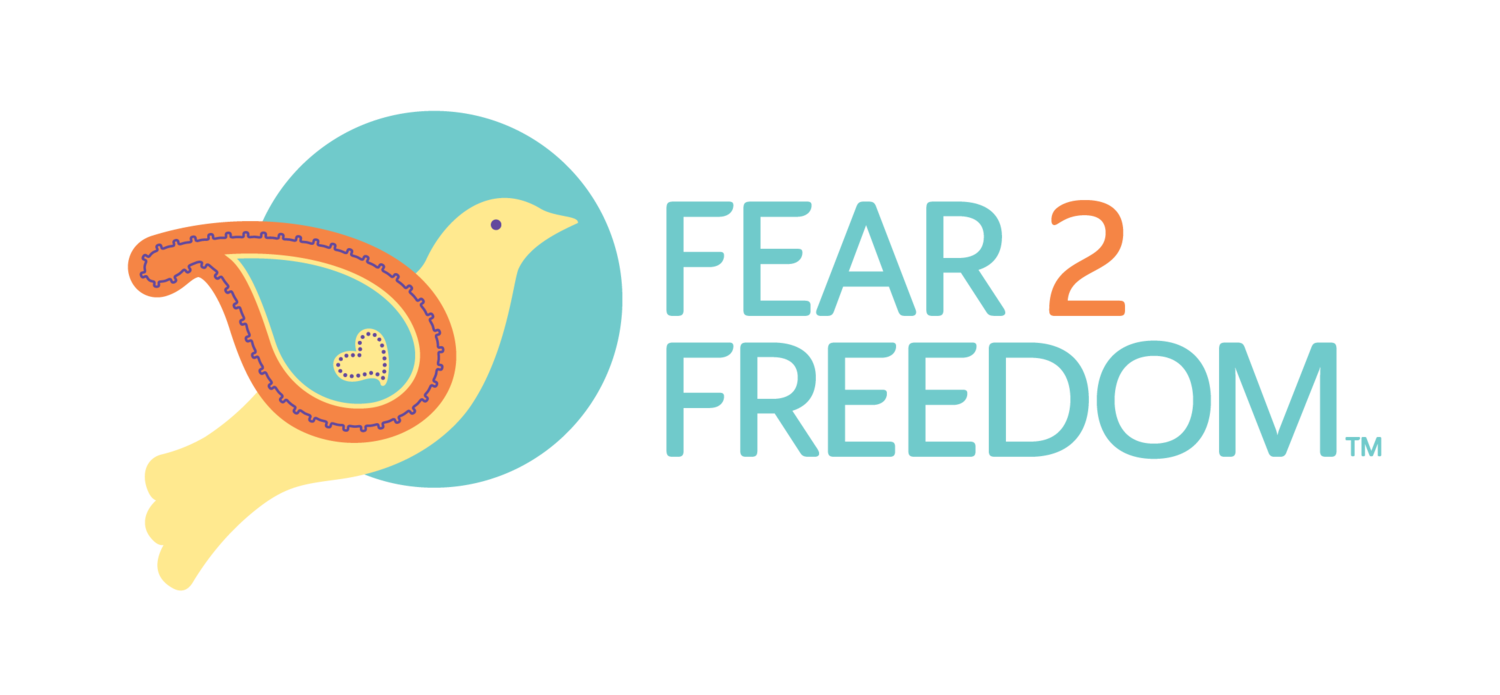By Madison Laughlin
Consent, in simple terms, is the agreement to do something. Growing up many of us were told, rightfully so, that consent is the most important part in any kind of relationship. To give some perspective and visual aid to the topic of consent, this video helped me in my understanding - Click HERE to watch video. When I think of consent, I relate it to this video because if a person doesn’t want tea for any given reason at any given point in time, why would the same not apply to any kind of sexual activities?
Moving into a highly social and digital age, even before the spread of COVID-19, interactions with other people were decreasing with the rise of online dating and social media. Now the worry has shifted from who you could be meeting in person, to what could be waiting for us in our direct messages on these sites. The topic of digital consent must be addressed. Digital consent includes but it is not limited to getting permission to send and/or exchange, explicit images, messages and videos through a digital media or social platform.
We live in a time where digital consent is just as important as the type of in person consent, we are used to. Starting conversations with those around us about this topic can be more beneficial than we realize. It can come down to protecting each other's mental health and safety. Not only what you or someone else sends is out on the internet forever but there is also permanence to the viewer of what is sent. Once something is seen, it is hard to forget.
Creating awareness on the topic of digital consent will move forward the conversation towards action being taken on the issue at hand. One way to create this awareness is parents starting these tougher conversations with their kids, bringing up what digital consent is versus the consent we think of, and stressing how important it is to be aware of and to speak up if their boundaries have been crossed by another.
While creating awareness is important, and a good step to take, greater action needs to happen. It is obvious that the laws are not keeping up with technology because if they were some kind of penalty would be in place for this type of harassment. Of course, there is a penalty in place for explicit images sent to minors, but what about everyone else? Just because a person is registered on an online dating website this does not mean they wish to receive sexually explicit images. Everyone has boundaries face to face, so why wouldn’t they online too? Things such as digital guidelines need to come into place and eventually turn into an etiquette that is used on social media and dating websites as if it were in person. This change will take time, but it is an important change that needs to happen.
After my research on digital consent, here are some of my key takeaways to help us all stay as safe as possible online.
Look for websites and apps that have a lengthy sign up. Chances are, if someone is simply looking to harass other users of a site, they are going to take an easier route and use an app or site that only takes an email address and a name to register.
Avoid using sites and apps that let just anyone message you - Getting a chance to view a profile before accepting a message is good practice.
If you have mutual friends, ask those friends about the person messaging you to get some insight before accepting a message or friend request.
We should all try to be as safe as possible but the solution is educating and understanding that there are digital boundaries and those lines are not okay to be crossed.
